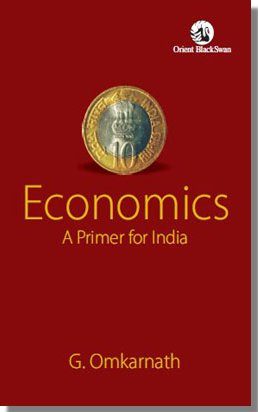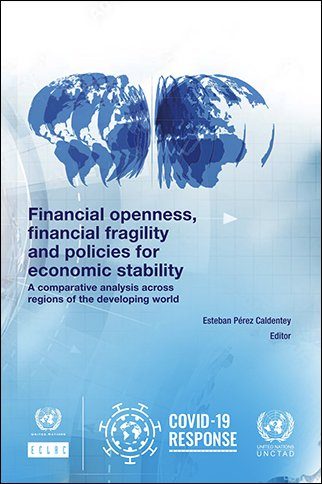Publisher: Third World Network Year: 2023 No. of pages: 42 Download now About the Book…
Economics: A primer for India Author: G. Omkarnath

Publisher: Orient BlackSwan
ISBN-978-81-250-4632-5
About the Book
Economics: A Primer for India is tailor-made for foundation courses in undergraduate programmes. Its pedagogic standpoint is based on two convictions. First, a foundation course need not invoke formal economic theory which is a contested terrain, especially at the present time. Second, such a course should be grounded on the empirical reality of the economy in which students live.
Through an intuitive approach that combines concepts with history, accounting and data, the primer allows the reader to discover economic processes and institutions. The economic structure of society as three inter-dependent systems, namely production, markets and money, is brought to relief. The process of economic growth as change in this structure will then be evident, as also the critical role of policy in guiding growth. Basic concepts and measures are explained with data from original sources.
Three chapters (Chapters 6, 7 & 8) are pitched at a higher level and can be useful supplements to courses in Indian economy. Its grounding in Indian reality will make the primer appeal to a broad cross-section of readers, including students of other disciplines, media persons, people’s representatives and anyone curious about economy.
The distinctive features of the book include:
- Text focuses on the inter-dependent nature of the economic structure of society
- Elucidation of basic economic concepts and measures with relevant data from original sources
- A rigorous attention to the process of economic growth, including the critical role of policy in guiding growth
Contents
List of Tables
List of Figures
List of Text Boxes
Preface
List of Abbreviations
Part I THE ECONOMIC STRUCTURE OF SOCIETY
1 Basic Economic Processes
1.1 Introduction
1.2 National income: a preliminary view
1.3 Basic economic processes
1.4 The economy
1.5 Plan of the primer
2 The System of Production
2.1 The system of production
2.2 National income
2.3 Labour force
2.4 Productivity
3 The System of Markets
3.1 Viability of production
3.2 The role of the market
3.3 The market for primary products
3.4 The market for manufactures
3.5 The market for labour
3.6 The market for exports
4 The System of Money and Finance
4.1 Monetary medium
4.2 The stock of money
4.3 Money as wealth
4.4 The financial system
4.5 Savings and investment
4.6 Financial markets
4.7 Financial regulation
Part II THE PROCESS OF ECONOMIC GROWTH
5 Growth and Demand
5.1 Meaning and measure of growth
5.2 Growth as a cumulative process
5.3 Economic growth and demand
5.4 Supply-side constraints on growth
5.5 Policies for economic growth
6 Industrialisation and Growth
6.1 Introduction
6.2 Choices and instruments
6.3 General outcome
6.4 Constraints on growth
6.5 Easing the constraints
Appendix: Colonial Impact
7 Liberalisation and Growth
7.1 Introduction
7.2 Antecedents
7.3 The process of reform
7.4 Quality of growth
8 Petty Production and Poverty
8.1 Introduction
8.2 The concept of petty production
8.3 Labour in petty production
8.4 Capital in petty production
8.5 Some implications
Appendix
Part III ADDENDA
9 Monitoring the Indian Economy
9.1 Activity and employment
9.2 Prices and financial stability
9.3 Credit, savings and investment
9.4 Financial markets
10 Economic Theory: An Orientation
10.1 Nature of economic theory
10.2 Divisions of economic theory
10.3 The development of economic theory
10.4 Goodness of theory
About the Author
G. Omkarnath is Professor of Economics at University of Hyderabad.



